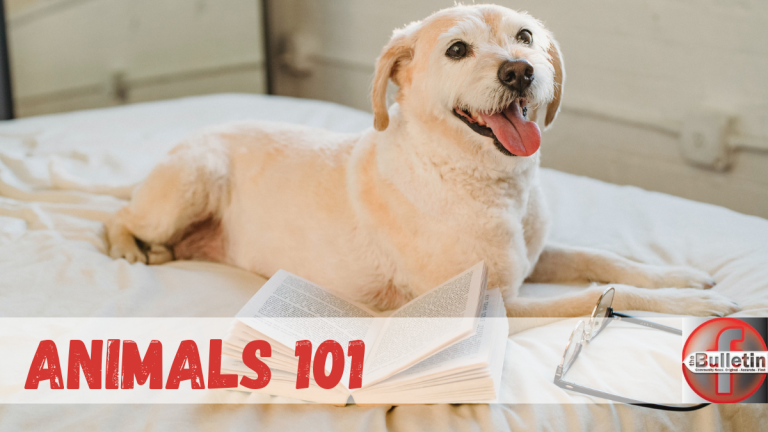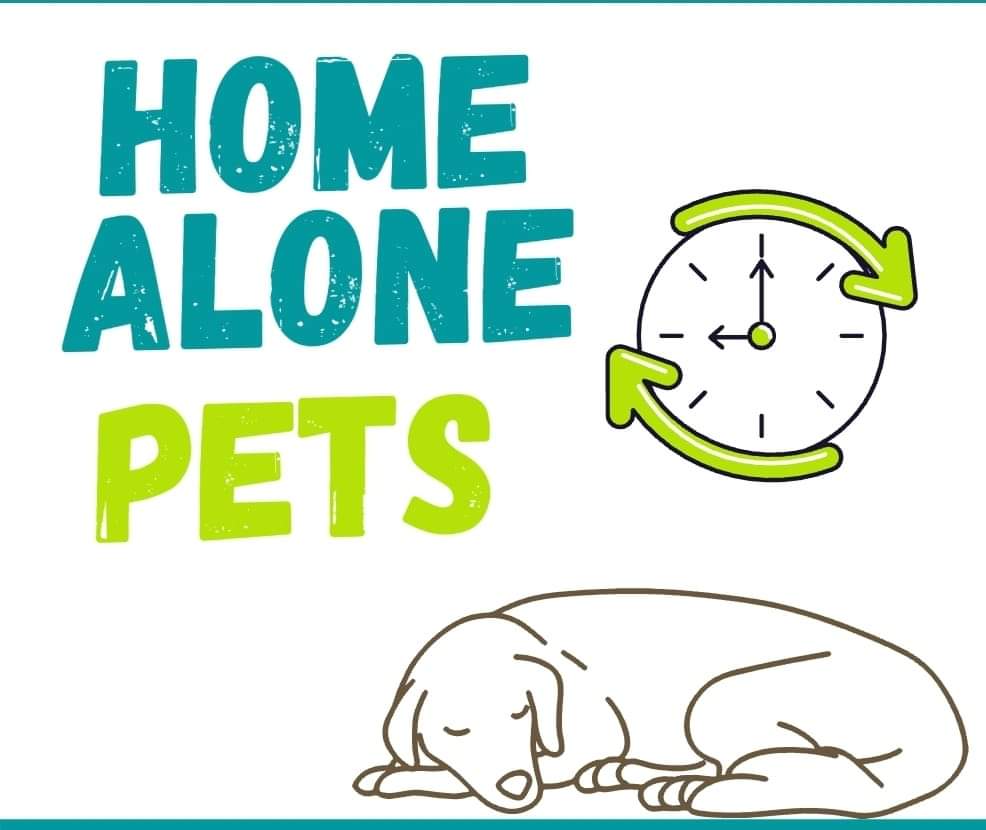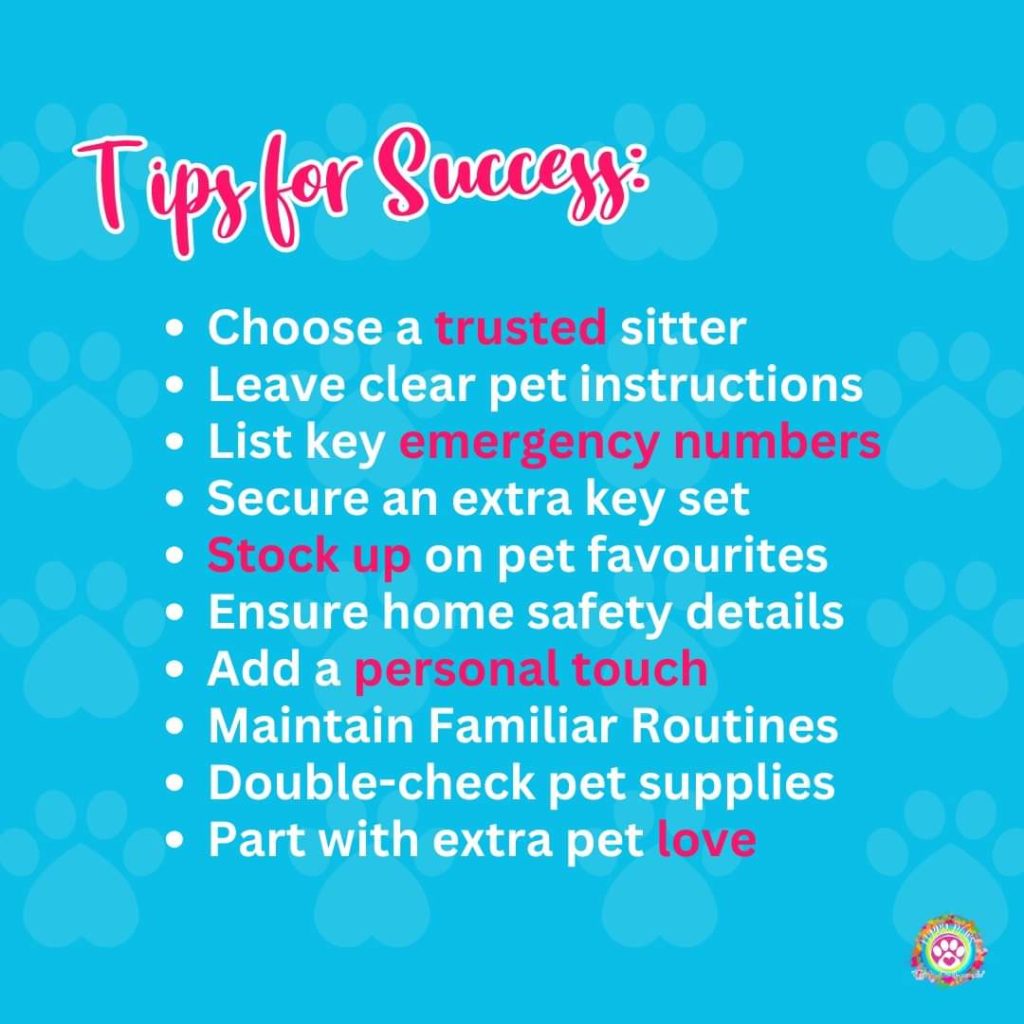
TIPS TO KEEP YOUR PET SAFE AND HAPPY WHEN THEY ARE HOME ALONE
Leaving our beloved pets at home alone is a common part of our daily lives, but ensuring their safety, comfort, and well-being during our absence is an important responsibility as a pet parent. In this guide, we’ll explore a range of practical tips and strategies to make those moments when our furry companions are left on their own a positive experience for both pets and their owners, because we understand that you can’t be with your pet all the time. A question every loving dog parent should ask is, “How long is too long to leave my dog alone?”
Sadly, we can share many horrible stories of what happened to pets while owners were away or how many people will go away for days with no one checking in on them. This is highly irresponsible, and worse, it is how many puppies get lost or found in the streets! Our concerns include theft, poison, and health-related emergencies, too. Then there is also the emotional well-being, as some animals get very depressed and can even stop eating when left alone.
When you do go out (short or long), make sure:
- Your yard/house is safe and secure
- They have enough food
- They have lots of fresh water
- They have shelter from the elements
- Someone can check in on them
- Your pet sitter is listed with your Vet
- Their medication and medical records are together
- They have a microchip that is registered with up-to-date details, or at least an ID collar with your number

Editorial Note – This article is a reprint from 8 November 2023
HOW LONG CAN YOUR DOG BE LEFT ALONE?
Answer: It depends.
It’s not a yes or no question. How long your dog can stay home alone depends on your dog, their age, and their physical and emotional needs. Two rules of thumb: There’s no one-size-fits-all time frame, but 10 to 12 hours is considered too long to leave a pet alone; they also shouldn’t go without a potty break every 4 to 6 hours if left inside, says Dr. Karen Becker.
- Your dog’s bladder control, like humans, depends on factors such as age, hydration, and physical build. Young puppies and elderly dogs require more frequent outdoor breaks. Establish a routine that suits both of you, ensuring they go out before you leave and when you return.
- To determine how long your dog can stay alone, consider their physical and emotional needs. Your dog’s ability to stay home alone also relies on their exercise and social interaction requirements. Some dogs may enjoy lounging during your absence, while others need regular walks and stimulating toys.
- Watch out for behavioral changes, such as increased lethargy, depression, or destructive tendencies, which could indicate issues related to extended solitude. If you notice these changes, consult your veterinarian for a professional evaluation. Separation anxiety may manifest as destructive behaviours, and dogs, being social animals, may struggle with prolonged isolation.
WAYS TO IMPROVE THEIR ALONE TIME
Managing how your dog spends their time alone can help your pup feel more satisfied or fulfilled while you’re away. It also provides you with some peace of mind. Some options include:
- Hire a dog walker, even a day or two per week. This will include much-needed exercise, stimulation, and distraction.
- Provide safe and mentally stimulating toys such as treat puzzles.
- Leave the TV or radio (keep in mind electrical risks) on.
- Get another pet (this only works if they get along).
- Create a safe space for them in your home. Crate training your dog is recommended in general and for emergencies, but leaving him confined to his crate all day is something he absolutely doesn’t deserve!
- Doggy cams can be great. Smart indoor cameras that you can access through your phone serve as invaluable tools for keeping an eye on your dog when they’re home alone. Numerous options are available in the market, enabling you to not only see and hear your dog but also receive notifications about activity or sound, allowing for quick check-ins. Some even release a treat.
- Get a pet sitter to check in.
- Doggy daycare (one time a week can make a difference).
- Pet-proof the area where they are left. This can be an area that can be closed off from the rest of the house, and likely one that can be cleaned easily with a tile floor. Add their bedding, water, food, and toys (safe ones). Ensure there are no plugged-in electrical wires or cables that they can hurt themselves or chew on. Keep other food out of reach and make sure they can’t climb onto something to access something else. Remove any potentially hazardous chemicals or medication. Also, make sure that they have much to keep them busy because you would not leave a child in a room with nothing to keep them busy. Initially, you have to supervise those enrichment toys to see if they can destroy them and if there are other dangers around them.
- Getting your new dog used to being alone. Begin by leaving them alone in a room for short intervals, allowing them to become acclimated to the idea. Gradually extend the duration of their alone time as they adjust. Once your dog has become comfortable in this designated space and their behaviour is reassuring, you can gradually expand their access to other areas of the house when you’re not present. A practical test for this transition is when you expect to be away for around 30 to 60 minutes, such as a quick trip to the supermarket. If they can maintain good behaviour in a larger area for a short period, you can progressively increase the duration for which they have the freedom to roam the house while you’re away, eventually accommodating a full workday.

SPECIAL PRECAUTIONS
When leaving pets home alone, it’s crucial to take extra precautions for:
- Dogs, especially those prone to separation anxiety.
- Cats, especially those with anxiety or territorial issues.
- Birds, particularly highly social species.
- Exotic pets with specific habitat requirements.
- Small rodents who need a secure environment.
- Fish with a focus on water quality and feeding.
- Young/baby animals
- Senior pets with age-related health needs.
- Pets with special needs or health conditions.
Understanding and addressing their unique needs, from companionship to environmental conditions, ensures their well-being when you’re not around.
Have a fire escape and emergency plan. If a fire starts when you’re not home, having a pet alert window cling, which lets firefighters know the number and type of pets inside, will alert them to look for your pets. Do you have an ER card for your pets in your wallet? Are your pets included in your last will?
WHAT TO CONSIDER WHEN CHOOSING A DAYCARE OR PET SITTER
We have seen posts of people wanting a pet sitter “now,” and for me, that raises a lot of concern. You need to take time to do your homework and choose carefully who you trust with your animals. You need a trusted and experienced pet sitter or service, and they should be familiar with your pet’s routine and any unique needs they may have.
Blue Cross recommends considering the following when choosing a doggy daycare:
- Do they have professional training in dog behaviour, first aid, and other important aspects of dog care?
- Are they properly licensed and insured?
- Where will your dog play, exercise, and rest?
- How many other dogs will be there, and by how many people will they be supervised?
- Are they equipped to take care of any special needs your dog may have due to age, health, etc.?
Make sure to read reviews or ask friends and family about quality daycare places, and do a tour of the facility before leaving your dog. The nice part of a doggy daycare is that you don’t have to take your dog every day, which can sometimes become expensive. A day or two at the daycare will help get your dog exercise as well as socialize them with other dogs.
Read more about training tips for your pets in part one and part two of our previous posts.

WHAT TO LEAVE FOR YOUR PET SITTER
While you’re packing and prepping, don’t forget the essentials for your furry family members. It’s vital to ensure they’re as comfortable as possible, especially if they’re staying at home. Furry Paws Secunda is a local pet sitter service/daycare/groomer. They give the following advice:
- Leave written instructions that include feeding schedules for favourite toys. A comprehensive guide will make your pet’s life (and your sitter’s job) smoother.
- Ensure your sitter has an extra set of keys. Bonus points if you leave another set with a trusted friend or neighbour.
- Alarm codes, Wi-Fi passwords, and any special instructions should be written down and accessible.
Emergency Numbers and information to add to your instructions:
- Vet’s contact info.
- Nearest trusted emergency pet hospital.
- Your security company’s hotline.
- Poison control centre number.
- Local police and other emergency services.
- A trusted friend or neighbour.
- Include any medical conditions or allergies your pet may have.
Include some pet comforts and personal touches.
- Leave familiar toys and bedding to keep them at ease.
- If your pet has a favourite calming music playlist or TV channel, let your sitter know!
- Ensure all their favourite treats and foods are well stocked.
- Consider leaving a short note or voice recording for your pet. Hearing a familiar voice can be comforting.
- Schedule a call or video chat to check in if you’re away for an extended period.
Remember that when you bring home a new dog, you’re committing to a long-term relationship. Be sure you have time to dedicate to your new family member. Working full-time or having a busy life and owning a pet is doable; you may just have to get creative to ensure their needs are being met. Before bringing a new pet into your home, it’s really important to find an animal that fits your lifestyle. Consider taking a few days off to help them adjust to this new world you force them to live in. #adoptdontshop
In conclusion, when it comes to leaving pets home alone, our furry, feathered, or scaled friends rely on us to create a safe and comforting environment. By following the tips and strategies outlined in this guide, we can uphold our responsibility as responsible pet owners. Remember, pets thrive on routine and familiar surroundings. Ensuring their well-being in your absence not only eases your mind but also guarantees their contentment and security. From setting up their space and providing mental and physical stimulation to considering technological aids, your efforts will not only benefit your pets but also strengthen the bond between you and your beloved companions.
So, the next time you have to leave your pets home alone, do so with the confidence that you’ve taken the necessary steps to ensure their happiness and welfare.
Join us again next week as we learn about the pets of our lives.